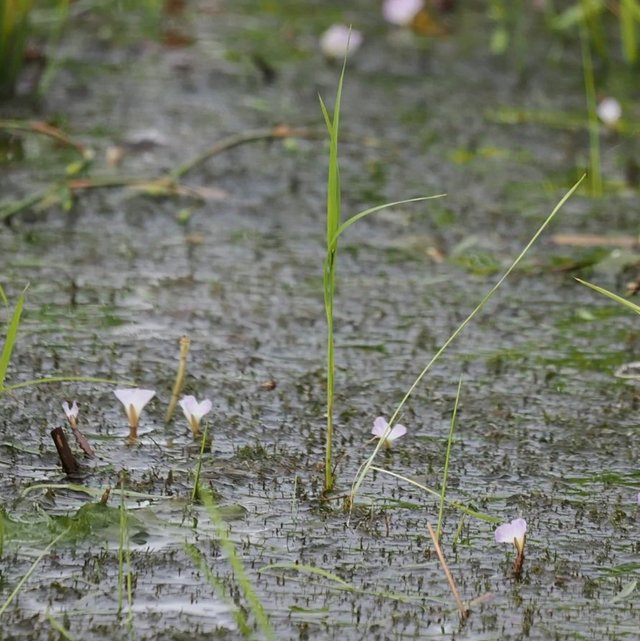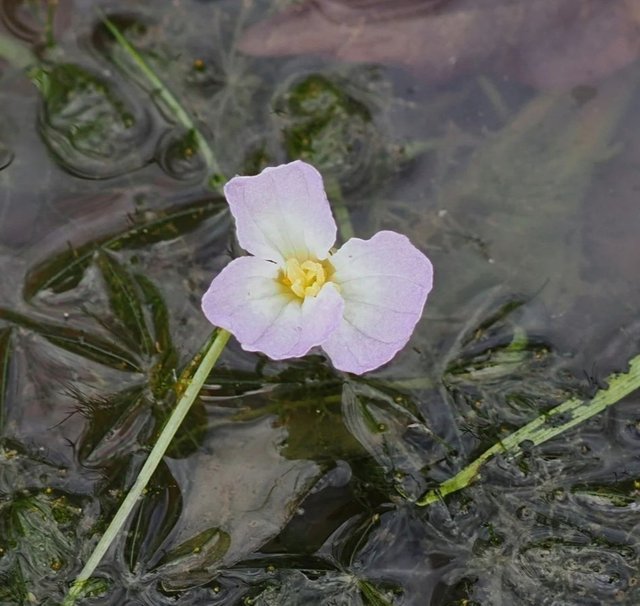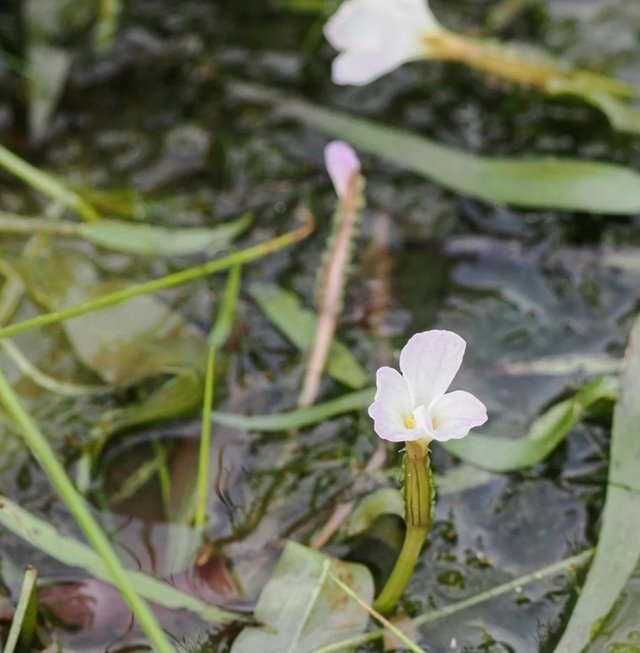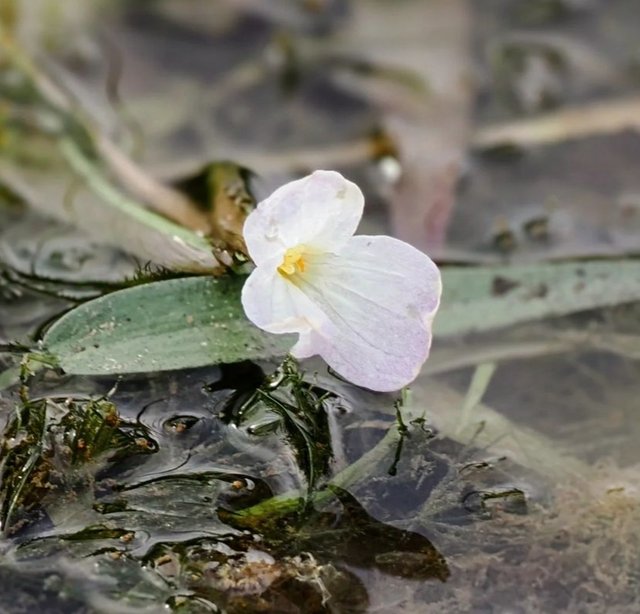So Beautiful Great White Trillium Flower
Exploring the Beauty and Significance of the Great White Trillium
The Great White Trillium is a beloved native wildflower of North America, renowned for its striking three-petaled white blooms that emerge each spring in deciduous forests. This plant holds a special place in the hearts of nature enthusiasts, gardeners, and conservationists alike, thanks to its aesthetic appeal, ecological importance, and symbolic value. Let’s dive into the details of what makes this plant so extraordinary.
Physical Characteristics
The Great White Trillium is a perennial herbaceous plant that belongs to the lily family. It is characterized by its unique three-fold symmetry, which is reflected in its name—trillium comes from the Latin word tres, meaning three. The plant typically grows to a height of 8 to 18 inches, with a whorl of three broad, ovate leaves sitting beneath the flower. These leaves are rich green and serve as the primary photosynthetic organs.
The plant’s most distinctive feature is its large, showy flower, which consists of three pure white petals that sit atop three green sepals. As the flowers age, the petals may take on a pinkish hue, adding to their charm. The blooms generally appear from late April to early June, signaling the arrival of spring in many parts of eastern North America.
Habitat and Distribution
Great White Trillium thrives in the understory of deciduous forests, particularly in rich, moist, and well-drained soils. It prefers partially shaded environments, where it can benefit from dappled sunlight during the spring before the tree canopy fully develops. This species is native to regions stretching from the eastern United States to parts of Canada, including Ontario, Quebec, and the Maritime provinces. It is particularly abundant in the Appalachian and Great Lakes regions.
Ecological Role
The Great White Trillium plays a vital role in forest ecosystems. Its flowers provide an early source of nectar and pollen for native pollinators, such as bees and beetles, which are crucial for the plant’s reproduction. Once pollinated, the plant produces fleshy, berry-like fruits that contain seeds with a lipid-rich structure called an elaiosome. These seeds are dispersed by ants, a fascinating example of a mutualistic relationship known as myrmecochory.
Additionally, trilliums serve as indicators of forest health. Their presence often signifies undisturbed, mature woodlands, as they are slow-growing and sensitive to habitat disturbances.




Thanks For Reading
Device Information
| Device | Redmi Note 10 Pro |
|---|---|
| Lens | 64 mp |
| Location | Bangladesh |
